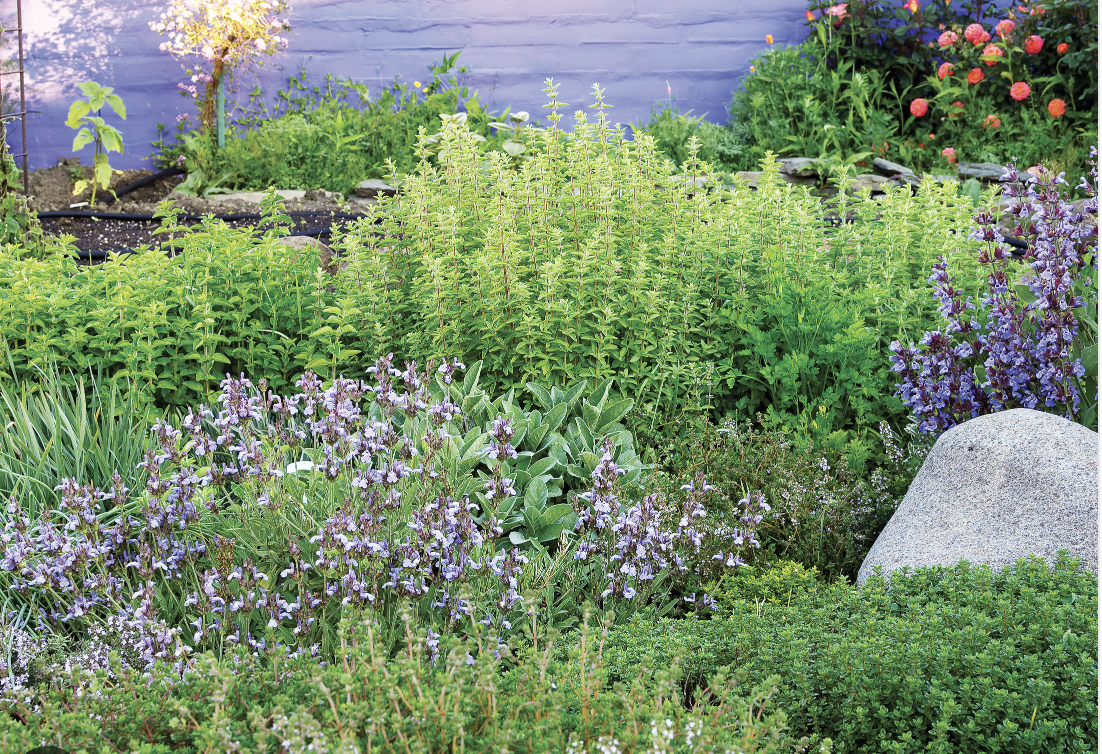Have you ever had that one plant that just won’t stop growing, no matter how much you prune it? Well, it turns out that it might be invasive. But what exactly makes a plant invasive? Simply put, an invasive plant is one that is not native to the area and has started to spread aggressively, causing harm to the environment, economy, or human health.
Invasive plants can have a devastating impact on ecosystems, often outcompeting native plants and reducing biodiversity. They can also cause damage to infrastructure, such as blocking waterways or damaging buildings. Identifying which plants are invasive is, therefore, essential for protecting our environment and our communities.
This is especially true when it comes to herbs. Many of us love planting herbs in our gardens or using them in our cooking, but some herbs can quickly become uncontrollable and cause problems. In this article, we’ll examine which herbs are invasive, why it’s important to know, and what we can do to prevent their spread.
Which Herbs Are Invasive?
If you’re wondering which herbs are invasive, here is a list of the most common offenders:
🌿 Calendula
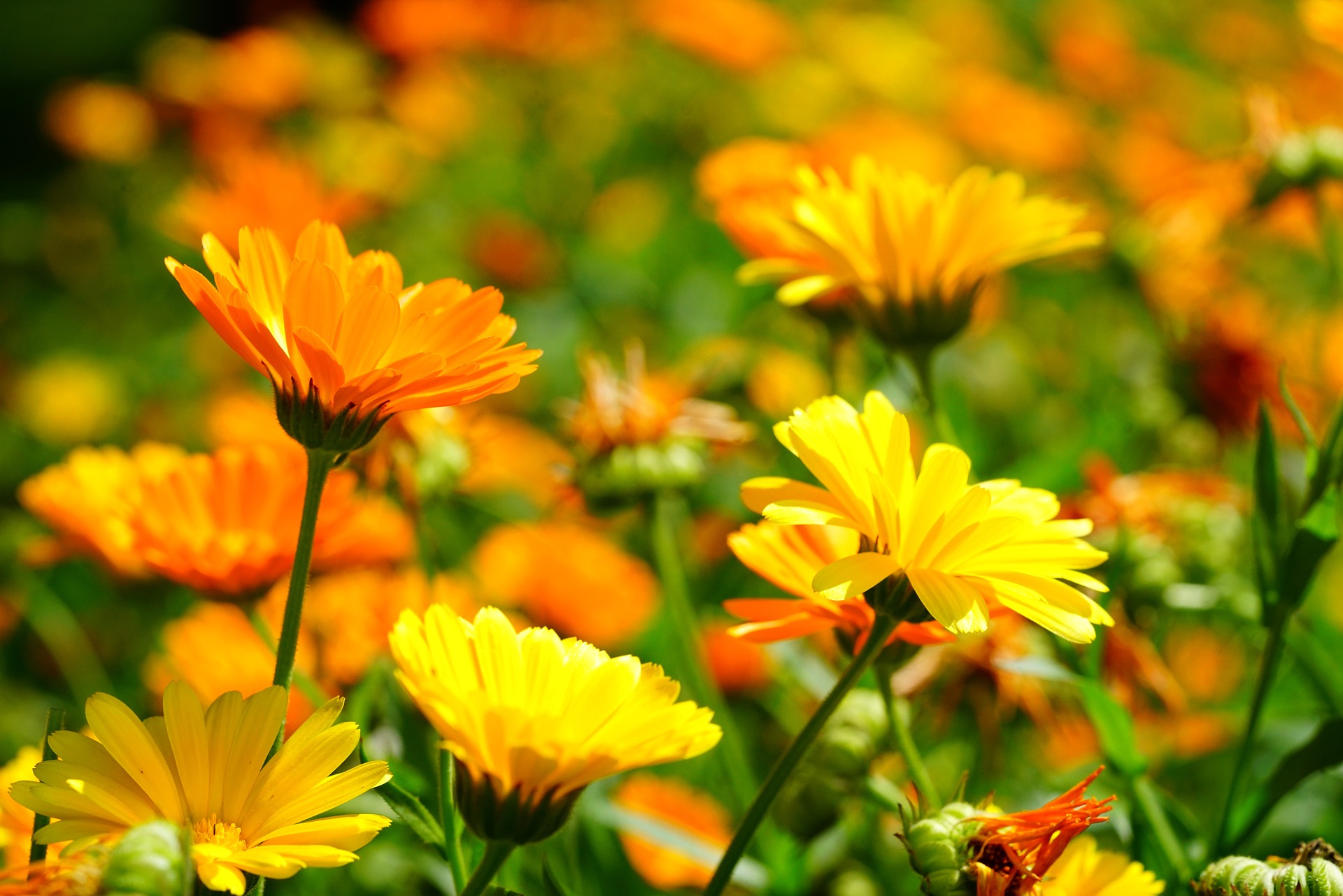
Calendula is quite the stunner, with its vibrant yellow and orange flowers and its charming petals standing proud just like a child in a spelling bee. It’s no wonder they call it “pot marigold” because it’s hard not to feel like you’re winning when these bad boys surround you. But don’t let their pretty demeanor fool you because they mean business.
These herbs are tough as nails and love to spread their roots, making them quite invasive. Just like that one friend who can’t stop talking about their latest hobby, once Calendula sets its sights on a patch of soil, it’s there to stay. But hey, at least you’ll have a beautiful yellow blanket to enjoy!
🌿 Dill
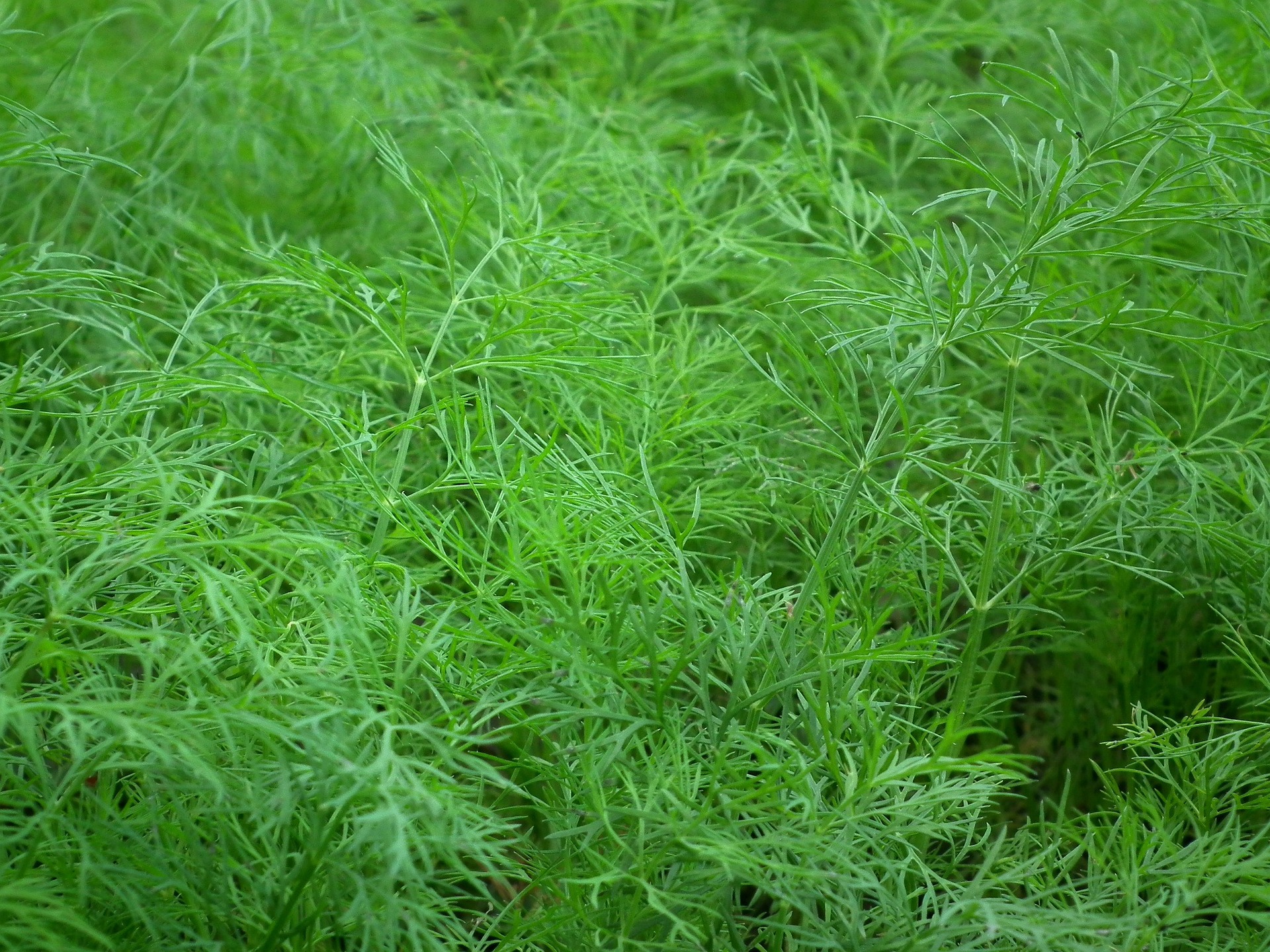
Have you ever tried spicing up your dishes with Dill? This herb does not just add a distinct tangy flavor. It also boasts beautiful feather-like leaves that give your dishes a lovely pop of green. But did you know that Dill is also one of the most invasive herbs out there?
Yep, you heard that right. Dill may look delicate and harmless, but it can quickly take over your garden. Its tiny seeds can spread like wildfire, and if not managed properly, it can choke out other plants in your garden. But despite its invasiveness, Dill remains a beloved herb in many kitchens worldwide, thanks to its unique flavor and ability to jazz up any dish.
So the next time you sprinkle some Dill onto your salmon or mashed potatoes, just remember that this herb is not only delicious – it’s also a master of invasion!
🌿 Lemon Balm
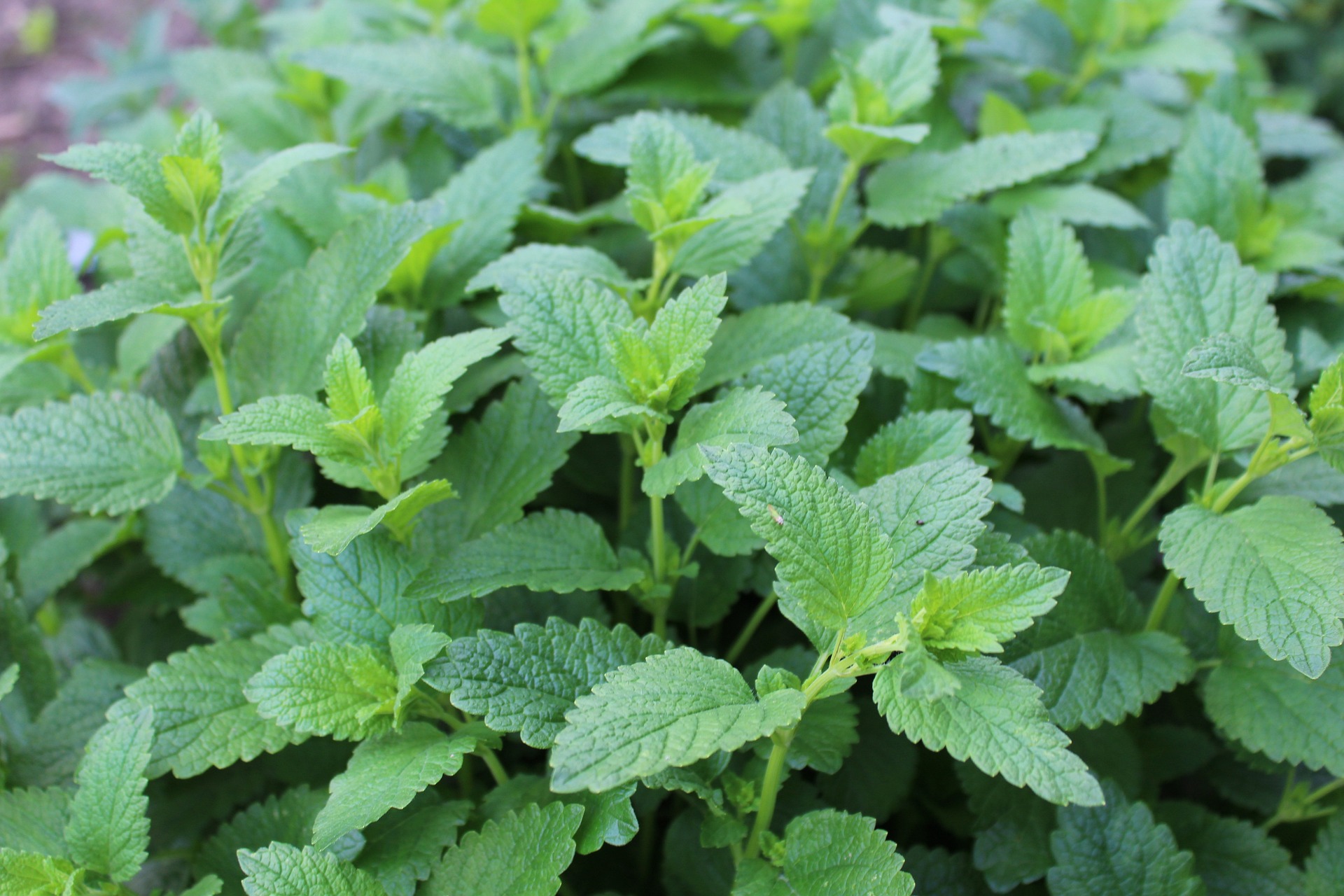
Lemon Balm is a fragrant and leafy plant that’s native to Europe, the Mediterranean, and Central Asia. It belongs to the mint family and can sometimes be mistaken for mint, but don’t be fooled. It has its own unique flavor and aroma.
One thing to note about Lemon Balm is that it’s quite a lively plant. In fact, it’s known to be quite invasive! If you’re not careful, it may take over your garden faster than you can say “lemonade.” But that’s not necessarily a bad thing, as Lemon Balm can have a positive impact on the pollinators in your area, such as bees and butterflies.
It’s also a popular herb in the world of herbal medicine, with some studies suggesting that it may have calming properties and can help with insomnia and anxiety.
🌿 Chamomile
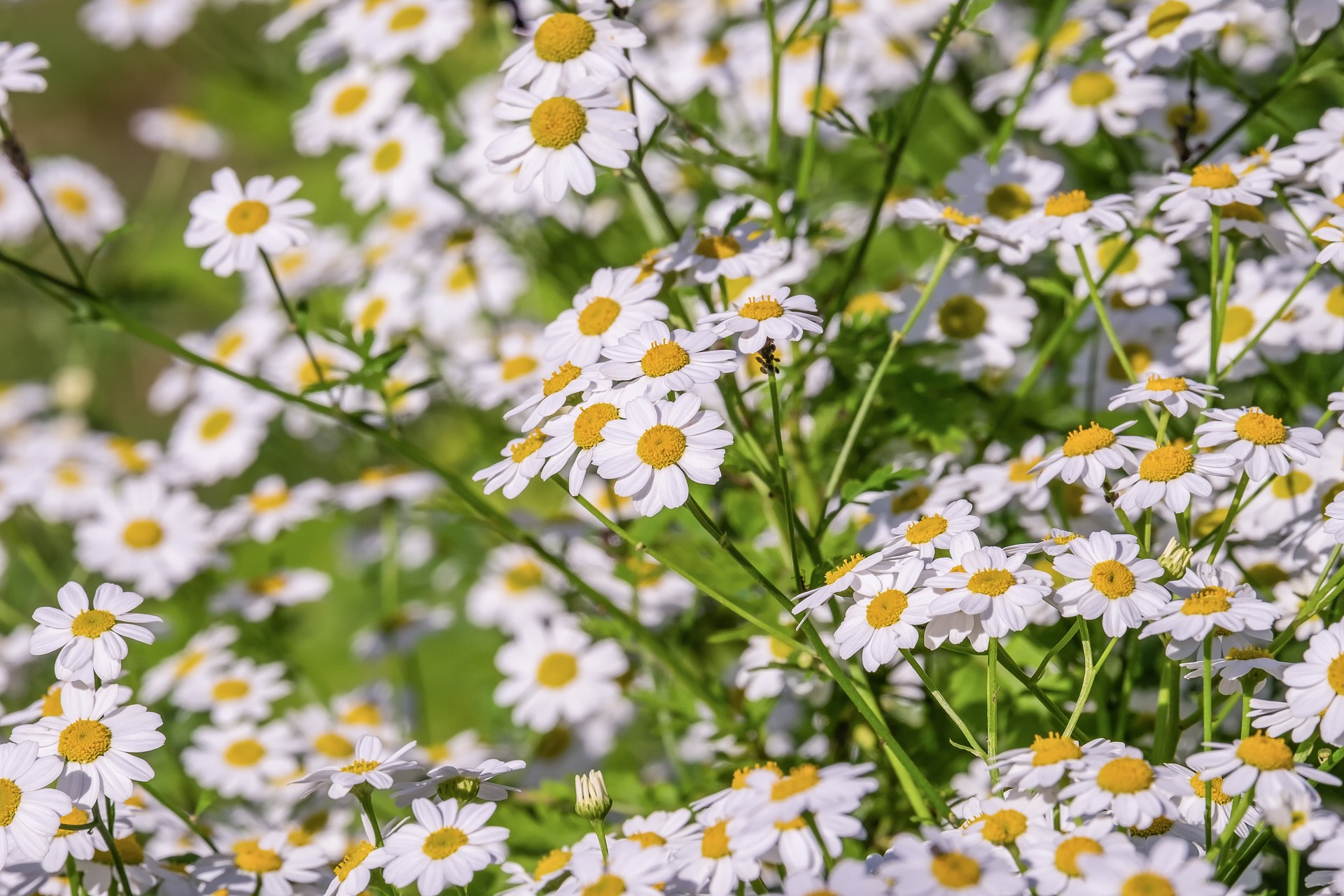
This herb may be invasive, but it’s certainly not a pest. With its delicate and intricate white petals that cover its small yellow center, chamomile is a sight to behold. It’s a herb that belongs to the daisy family, and it’s incredibly versatile.
You might be most familiar with chamomile as a tea, but did you know its flowers are also used in cosmetics, skincare products, and perfumes? That’s because chamomile is known for its soothing properties, making it a popular ingredient in products designed to promote relaxation and reduce inflammation. It’s also a natural antihistamine, so it’s great for soothing allergies or dealing with a pesky cold.
Chamomile is a herb that’s been around for centuries and is certainly here to stay. Whether you’re sipping on a cup of Chamomile tea or putting some of its flowers in your bath, this herb is a true gem.
🌿 Parsley
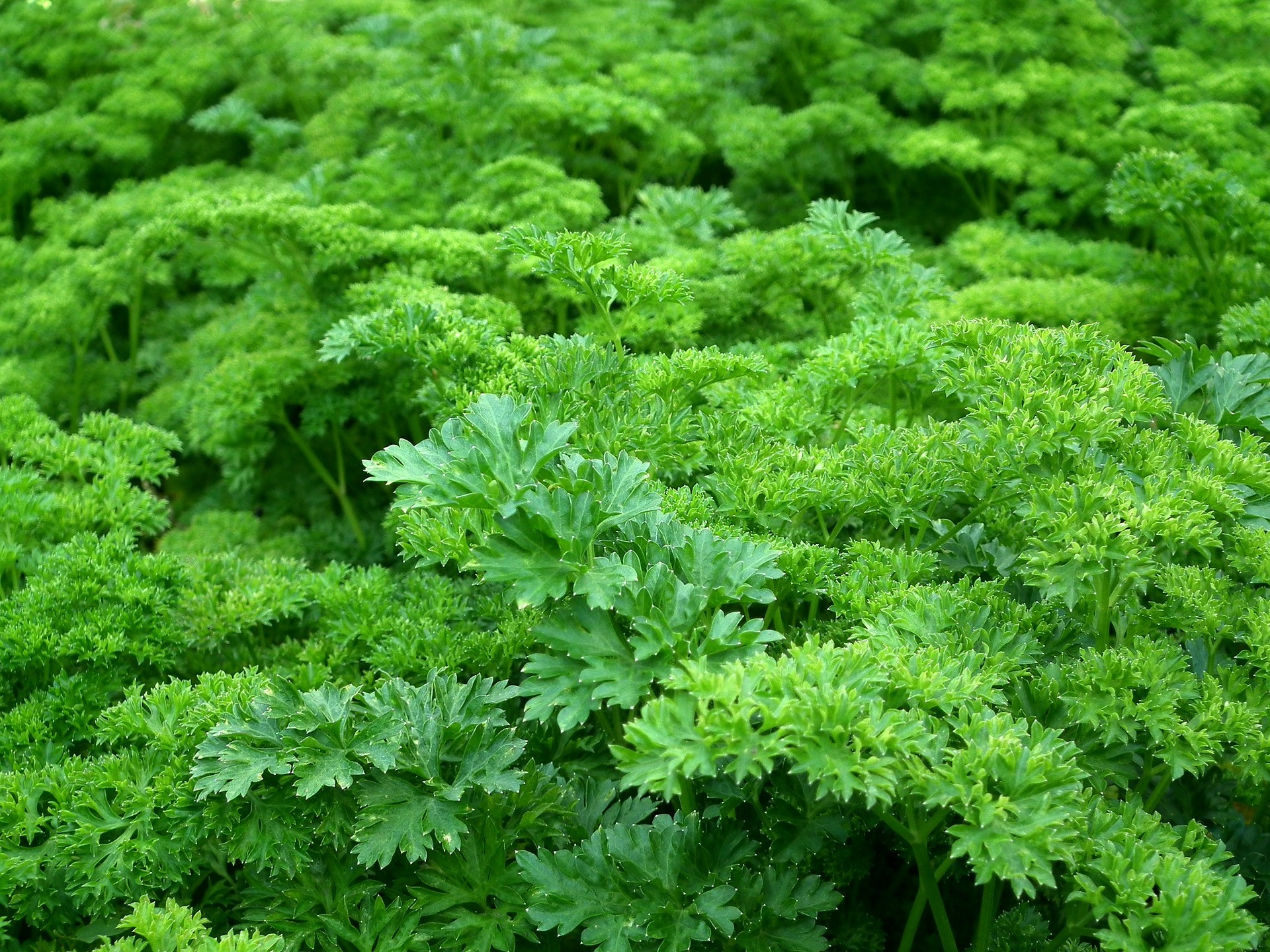
If you’re a gardening enthusiast, you’ve probably heard of Parsley, also known as Petroselinum crispum. This herb is a popular staple in many vegetable and herb gardens, and for a good reason! Not only does it add a fresh and earthy flavor to dishes, but it’s also a great source of Vitamin C and A.
But here’s the thing, Parsley is more than just a run-of-the-mill herb. In fact, it’s known to be pretty darn invasive! But don’t let that deter you from planting it. With the right amount of love and care, Parsley can thrive and add a ton of flavor, nutrition, and vibrant greenery to your garden.
🌿 Chives
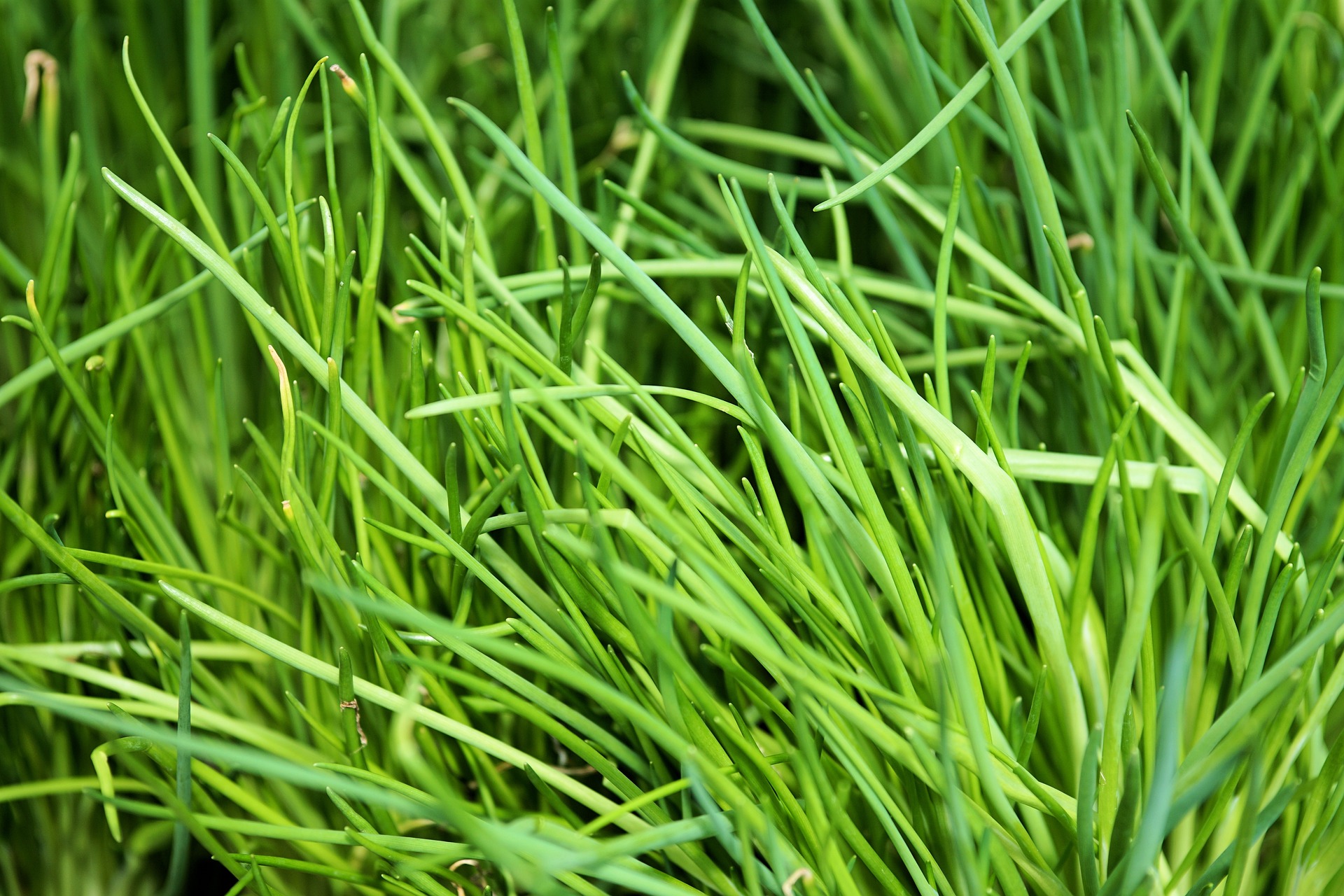
Chives are part of the onion family and have a delicate onion-like flavor. The best part is that you can use the leaves and stems in cooking, making it a versatile addition to any dish. Not only that, but chives are also a great source of vitamin C, which is important for maintaining a healthy immune system.
As an invasive herb, chives can be a bit tricky to control. They tend to spread quickly and take over gardens if left unchecked. However, if you are willing to put in a little extra effort to keep them contained, they can be a great addition to any garden. Plus, as a bonus, the flowers on the chive plant are pretty and can add a pop of color to your outdoor space.
🌿 Catnip
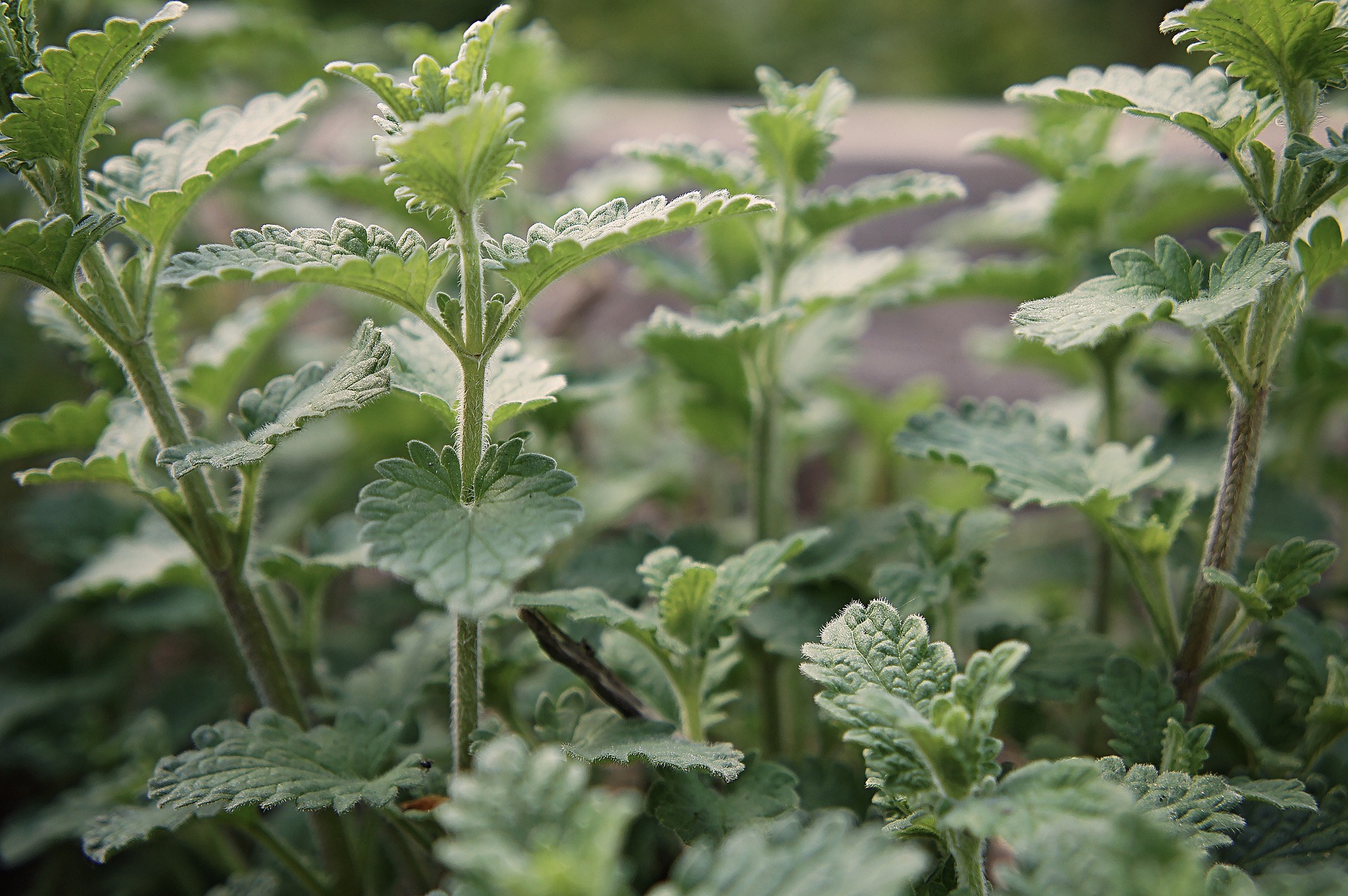
Catnip is a perennial herb in the mint family that grows up to 3 feet tall. Its leaves are heart-shaped; when crushed, the plant releases oil that cats go crazy for. But there’s a downside to this fascinating herb.
Catnip spreads quickly through its seeds and can easily crowd out other plants in a garden. In fact, in some areas of the world, Catnip has become a significant problem weed, threatening the balance of entire ecosystems.
Despite its invasive tendencies, Catnip is also known to have some pretty amazing health benefits. The herb has been used for centuries to treat a range of ailments, including headaches, coughs, and even insomnia. Some people even use it as a natural insect repellent. So, while it may seem like a pesky plant, Catnip definitely has its uses.
🌿 Comfrey
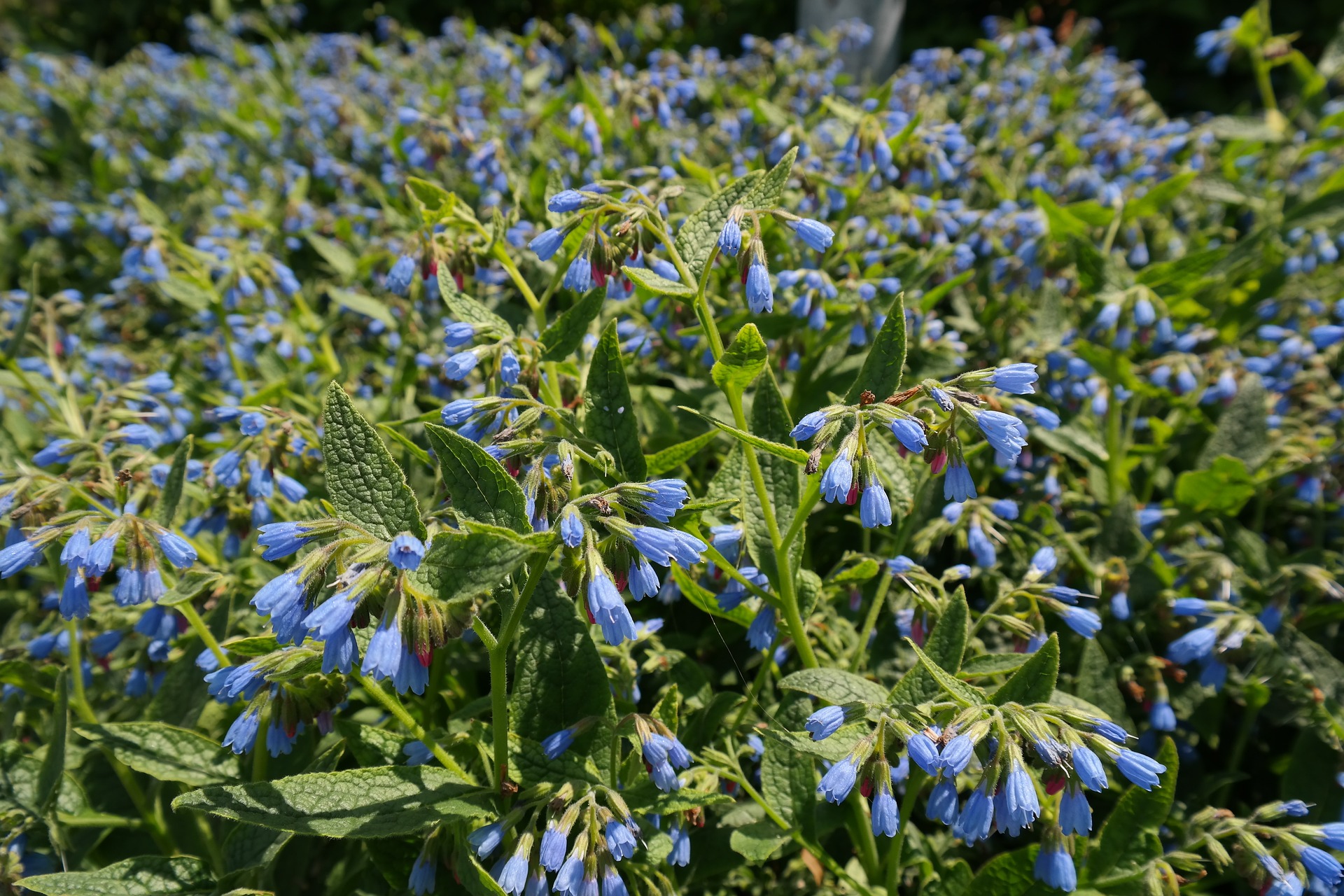
Comfrey has these beautiful, velvety leaves that are a vibrant green. They have this sort of hairy, unique texture, almost like a fuzzy felt. And the flowers are just gorgeous – they range in color from deep purple to pale pink, and they grow in these clusters that just add a pop of color to any garden.
But despite its beauty, Comfrey can be a bit of a pain to deal with. It’s a shame, really, because it’s such a lovely plant. And to make matters worse, Comfrey has these really strong roots that can be difficult to get rid of once they’re established.
🌿 Thyme
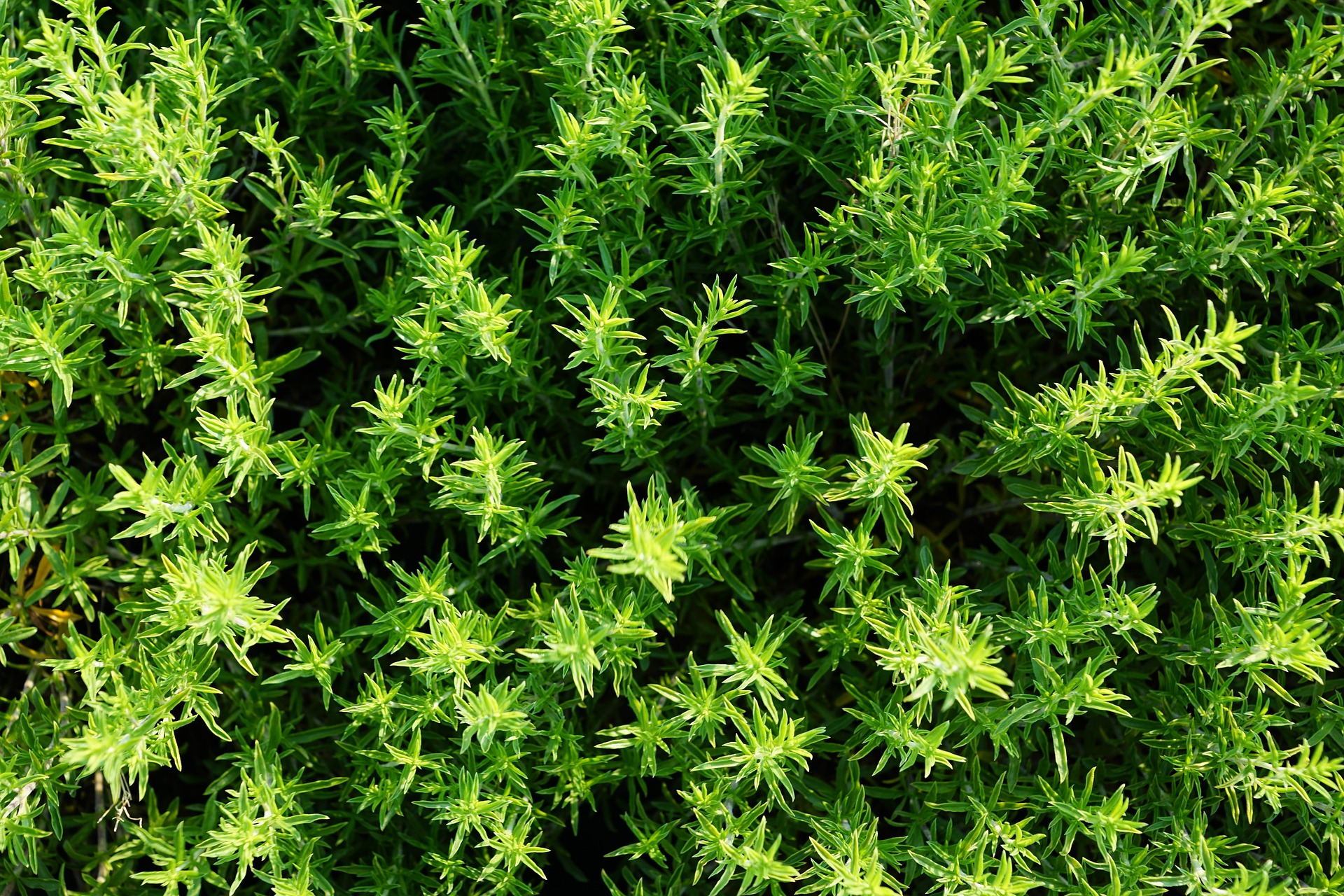
Thyme is a herb that’s impossible to ignore. It’s pungent, fragrant, and has a distinct taste that lingers long after you’ve swallowed it. You’ll know exactly what I mean if you’ve ever had thyme in your food. But did you know that thyme is also an invasive herb? That’s right.
That’s because thyme is a fighter. It’s tough, resilient, and extremely hardy. It’s adapted to survive in even the harshest conditions and can spread quickly if left unchecked. But don’t let that scare you off. Thyme is also incredibly versatile and can be used in a wide variety of dishes. This herb can do everything from soups and stews to marinades and rubs.
🌿 Greek Oregano
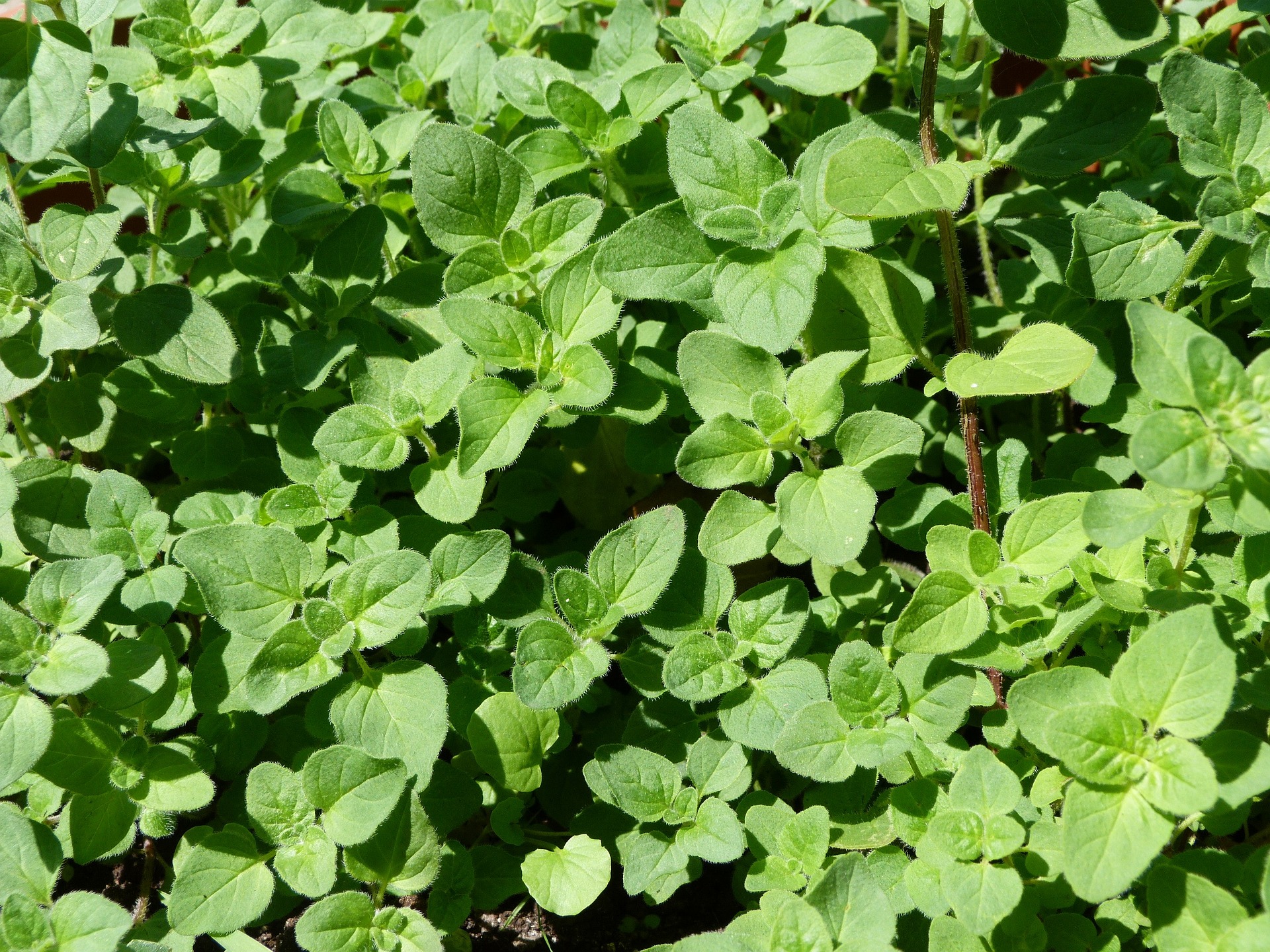
Known for its distinct pungent aroma, oregano is an herb that can add flavor to any dish. It’s commonly used in Italian and Mediterranean cuisine, but it can be found in gardens worldwide.
Oregano has a unique taste that’s hard to miss. It’s zesty with a bitter finish and can bring any savory dish to life. From pizza and pasta sauces to roasted meats and vegetables, it’s a versatile herb that’s a must-have in any kitchen.
But don’t be fooled by its delicious flavor because oregano is also a hardy herb that can grow in almost any condition. Although it’s a perennial plant that thrives in warm, dry climates, it can adapt to various soils and temperatures, making it an invasive species that can easily invade other gardens.
🌿 Mint
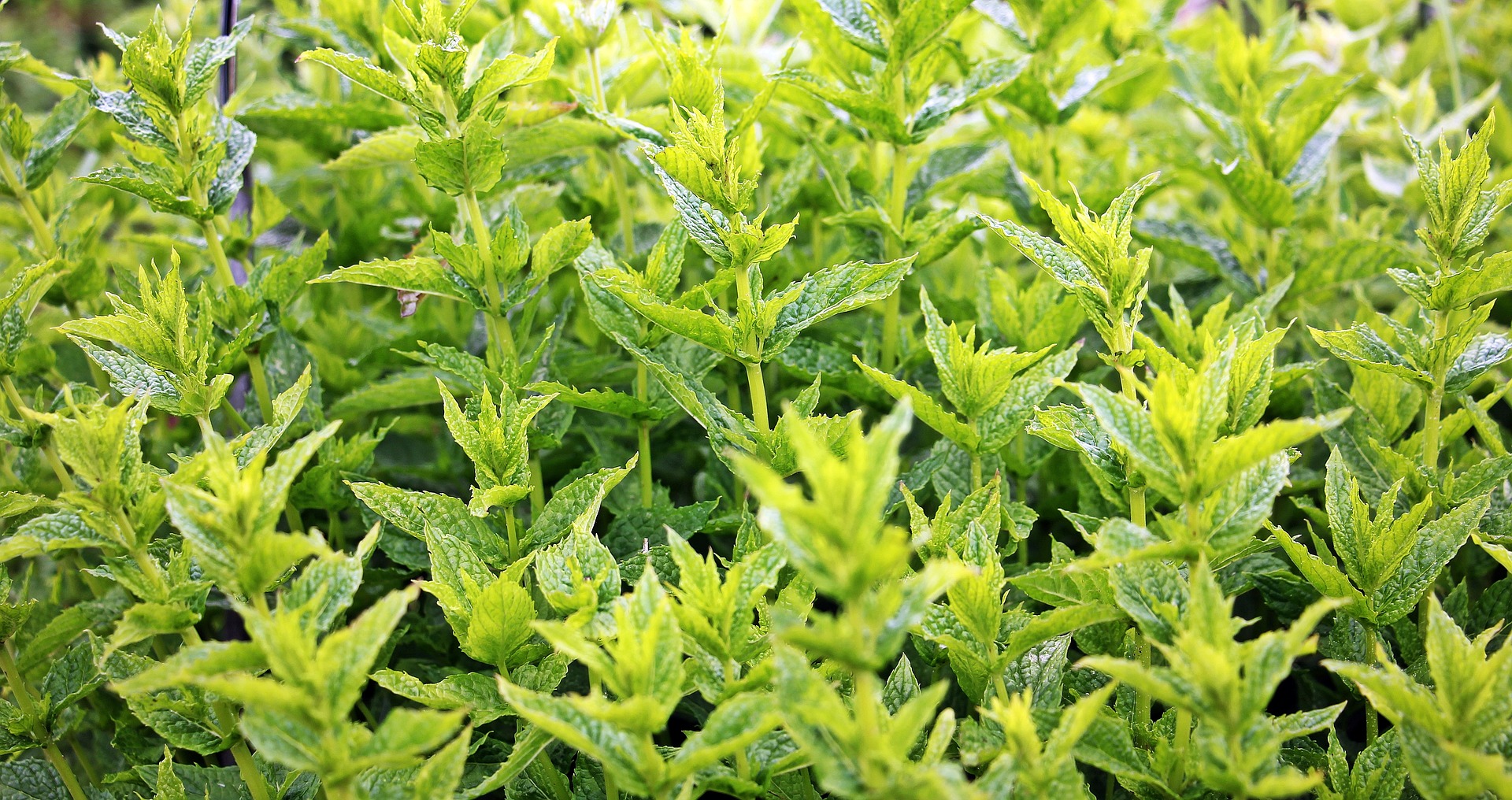
Mint is hands down one of the most popular culinary herbs out there, and for a good reason! Not only does it have a refreshingly crisp taste and aroma, but it also has a wealth of health benefits that make it a fantastic addition to any kitchen.
Mint herb comes in wide different varieties, from the classic peppermint to spearmint, apple mint, and everything in between. Each variation has its unique flavor profile, but all of them share the same signature cooling sensation on the tongue. Whether you’re using it in recipes or brewing it into a soothing tea, mint is an incredibly versatile herb that can elevate any dish or drink with just a few leaves.
Aside from its delicious taste, the mint herb has long been prized for its many health benefits. From relieving digestive issues to soothing sore throats, mint has been used for centuries as a natural remedy for various ailments. It’s even said to help improve focus and brain function, making it the perfect choice for a mid-afternoon pick-me-up.
🌿 Garlic Mustard
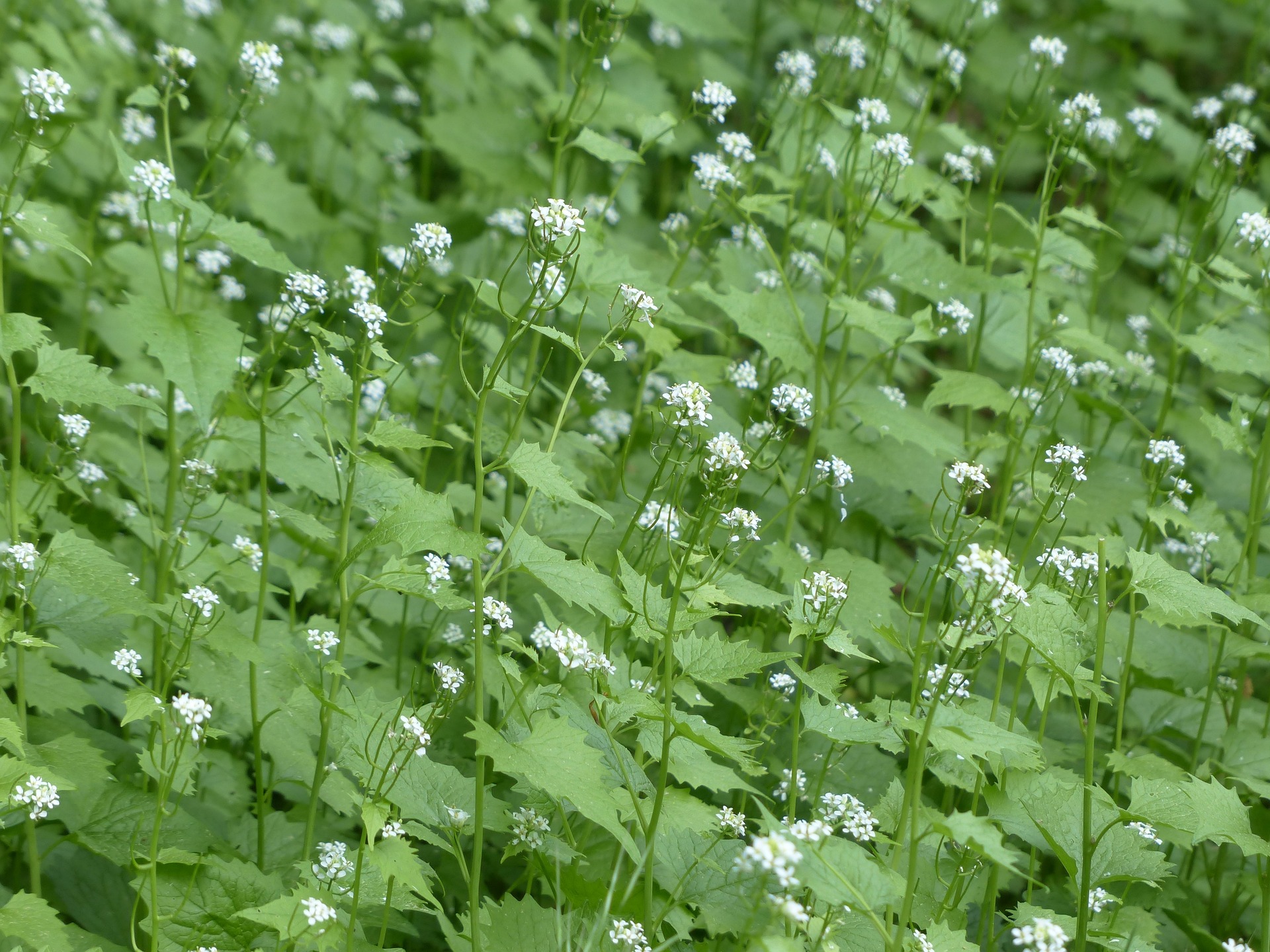
Garlic Mustard, also known as Alliaria petiolata, is a super cool herb that’s been gaining popularity in the culinary world lately. You might be thinking that garlic and mustard don’t sound like a match made in heaven, but trust me, this herb is the perfect marriage of both.
Garlic Mustard leaves have a slightly bitter taste, like mustard, but with a hint of garlic. It’s the perfect addition to any salad, pasta, or stir-fry, providing a unique flavor that’s really hard to resist. Plus, it’s packed with nutrients like Vitamin C, calcium, and potassium, making it an excellent addition to any healthy diet.
But here’s the amazing thing about Garlic Mustard: it’s a total superhero for the environment. This herb is classified as an invasive species, meaning that it can take over entire ecosystems, choking out native plants and causing untold damage to delicate ecological systems. So when you use Garlic Mustard in your cooking, you’re actually helping to control its spread and protect biodiversity. How cool is that?
🌿 Japanese Knotweed
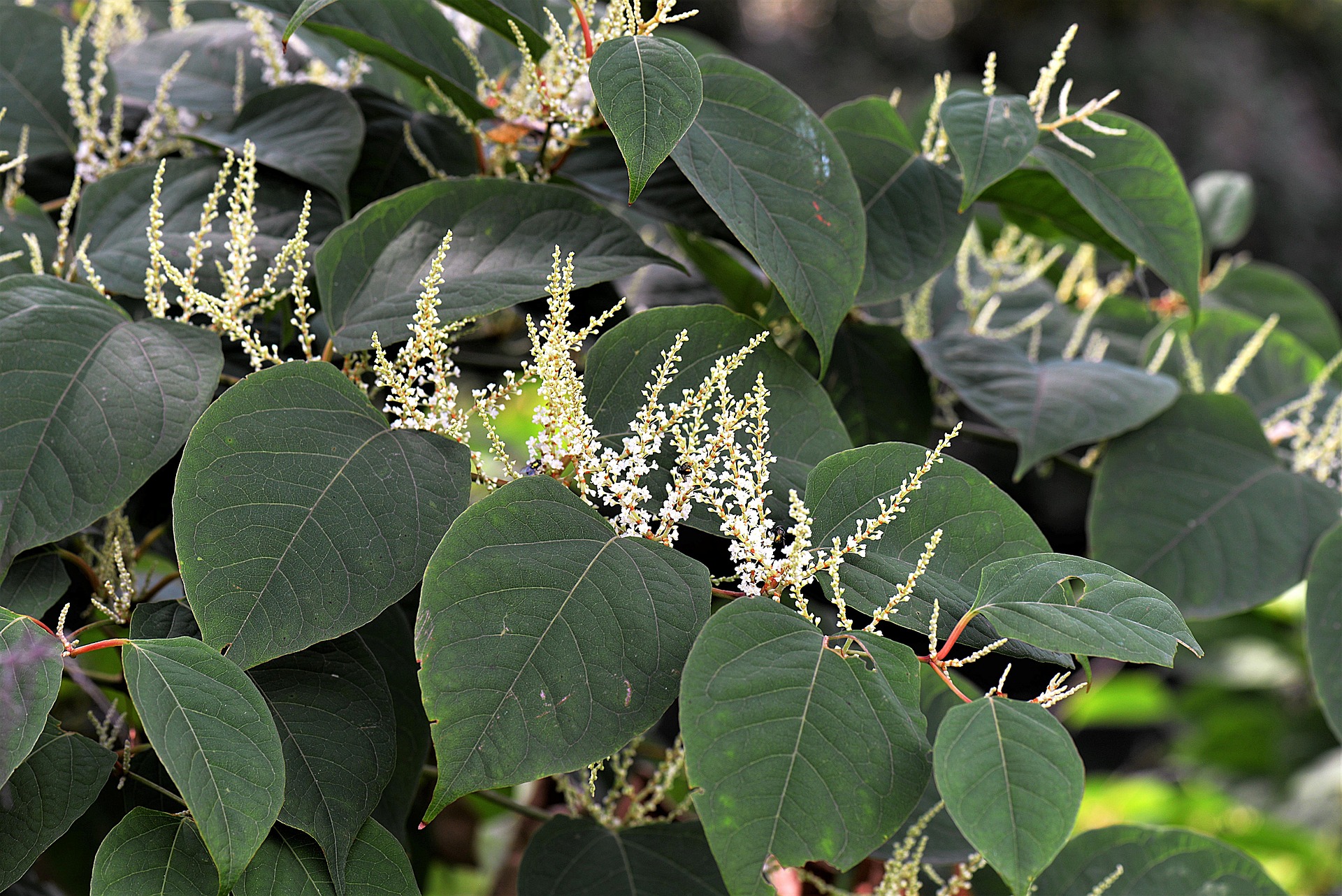
You see, Japanese Knotweed is an invasive species that can grow up to 10 feet tall and spread like wildfire. It’s been known to push its way through concrete and tarmac, and it’s so tough that it can even cause structural damage to buildings. Yup, you read that right. This little herb has been known to cause cracks in walls and even break through pipes.
And if you’re thinking of getting rid of it, be warned. This herb is notorious for being one of the most difficult plants to eradicate. It’s been known to survive attempts at chemical control and even burning.
🌿 Purple Loosestrife
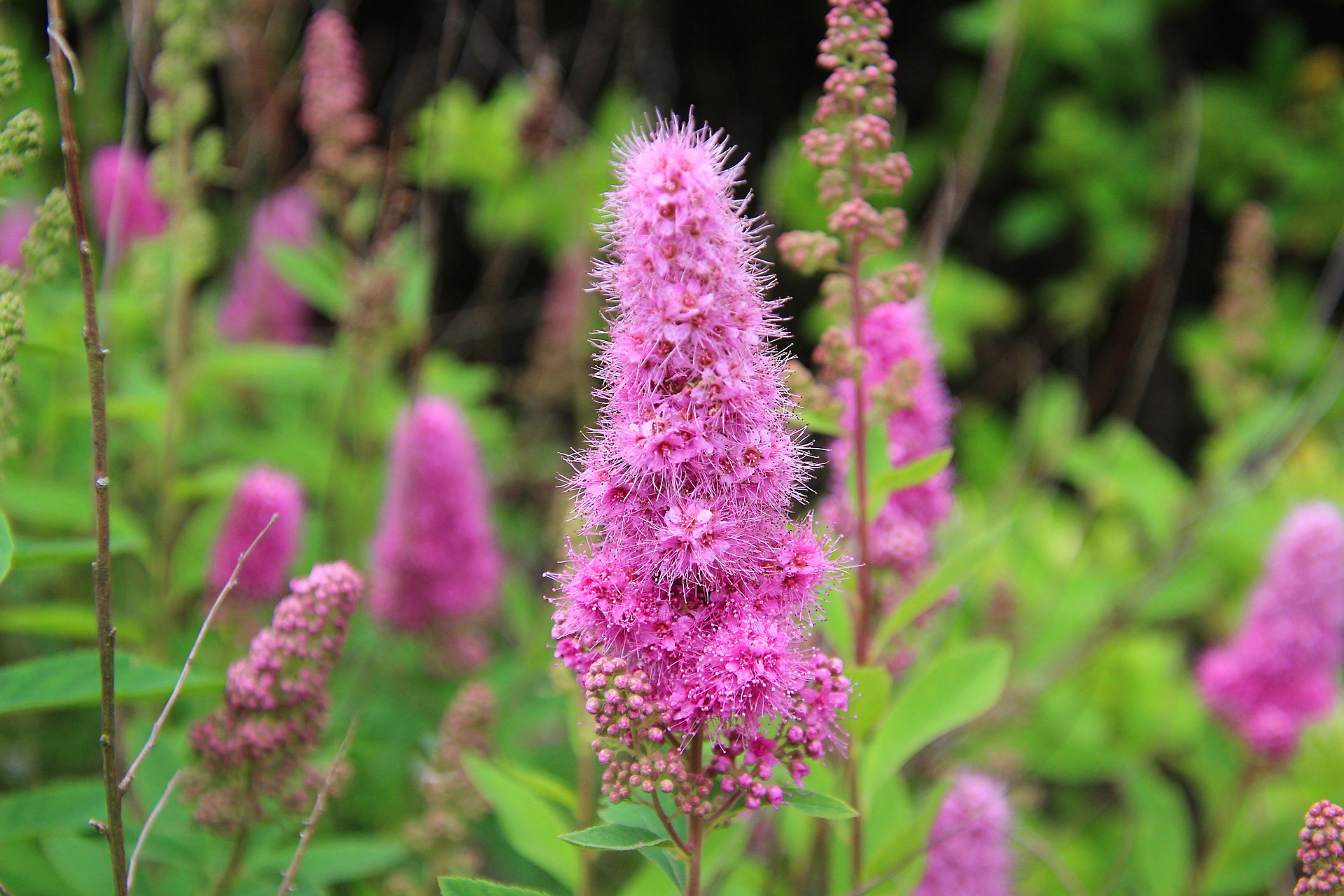
Have you heard of Purple Loosestrife? It’s a pretty cool herb with some unique features. First of all, as the name suggests, it has stunning purple flowers that look like they’re straight out of a fairy tale. But Purple Loosestrife isn’t just a pretty face. This herb has been used for centuries for medicinal purposes, especially in traditional Native American and European herbal medicine.
But here’s the thing: Purple Loosestrife is also pretty controversial. While it’s a beloved herb among some, others consider it a menace to wetlands and natural habitats. The plant tends to grow and spread rapidly, often outcompeting native plants and disrupting the ecological balance.
🌿 Sage
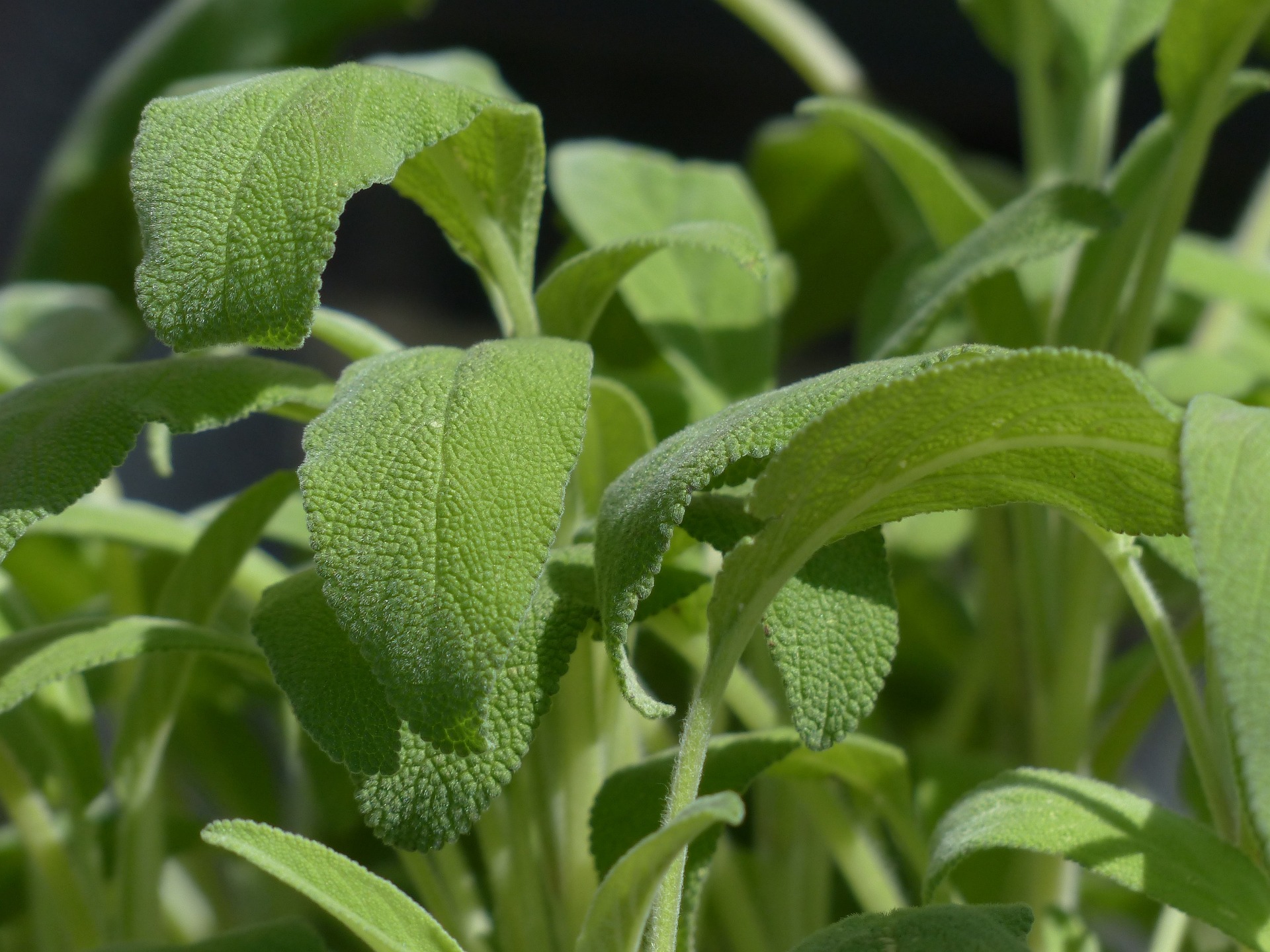
Sage leaves are a beautiful gray-green color and are covered in tiny hairs that make them soft to the touch. When you rub them between your fingers, they release a divine aroma that is both earthy and slightly sweet – it’s like a little slice of heaven.
Sage is rich in antioxidants and anti-inflammatory properties, making it a superfood for your immune system. But it’s not just good for you; it’s also delicious. So delicious, in fact, that it’s been used to flavor many dishes, particularly in Mediterranean and Middle Eastern cuisine.
Its slightly bitter, peppery flavor perfectly complements savory dishes like roasted vegetables or grilled meats. And let’s not forget about its use in teas and cocktails – it adds a unique twist to any beverage.
🌿 Lavender
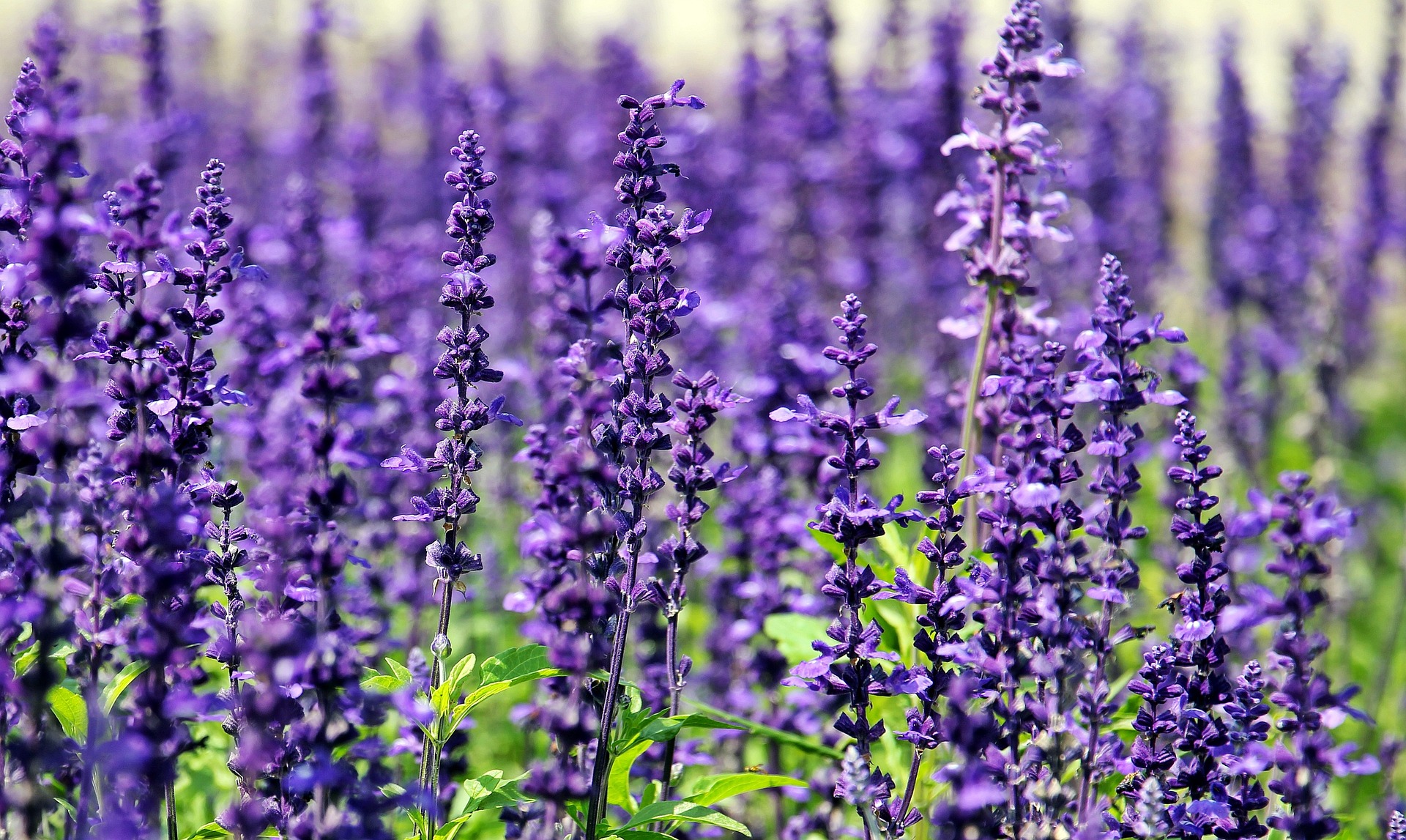
This herb is simply stunning. Its tall stems are adorned with tiny blue-violet flowers that are just wow! And when those flowers bloom, the sweet aroma that fills the air is simply otherworldly. It’s not just a treat for the eyes; it’s like aromatherapy for the senses.
And oh my, the uses that Lavender has! From infusing herbal tea to soothe the soul to adding flavor to culinary dishes and even as an ingredient in body care products. Lavender is an all-rounder; once you try it, it becomes your go-to herb for everything.
But wait, there’s more! Not only does Lavender smell and look good, it’s also super beneficial for our health. It has properties that can help improve our sleep, reduce stress, and alleviate anxiety. And if you’re feeling under the weather, Lavender’s anti-inflammatory and antiseptic properties can help boost your immune system.
🌿 Fennel
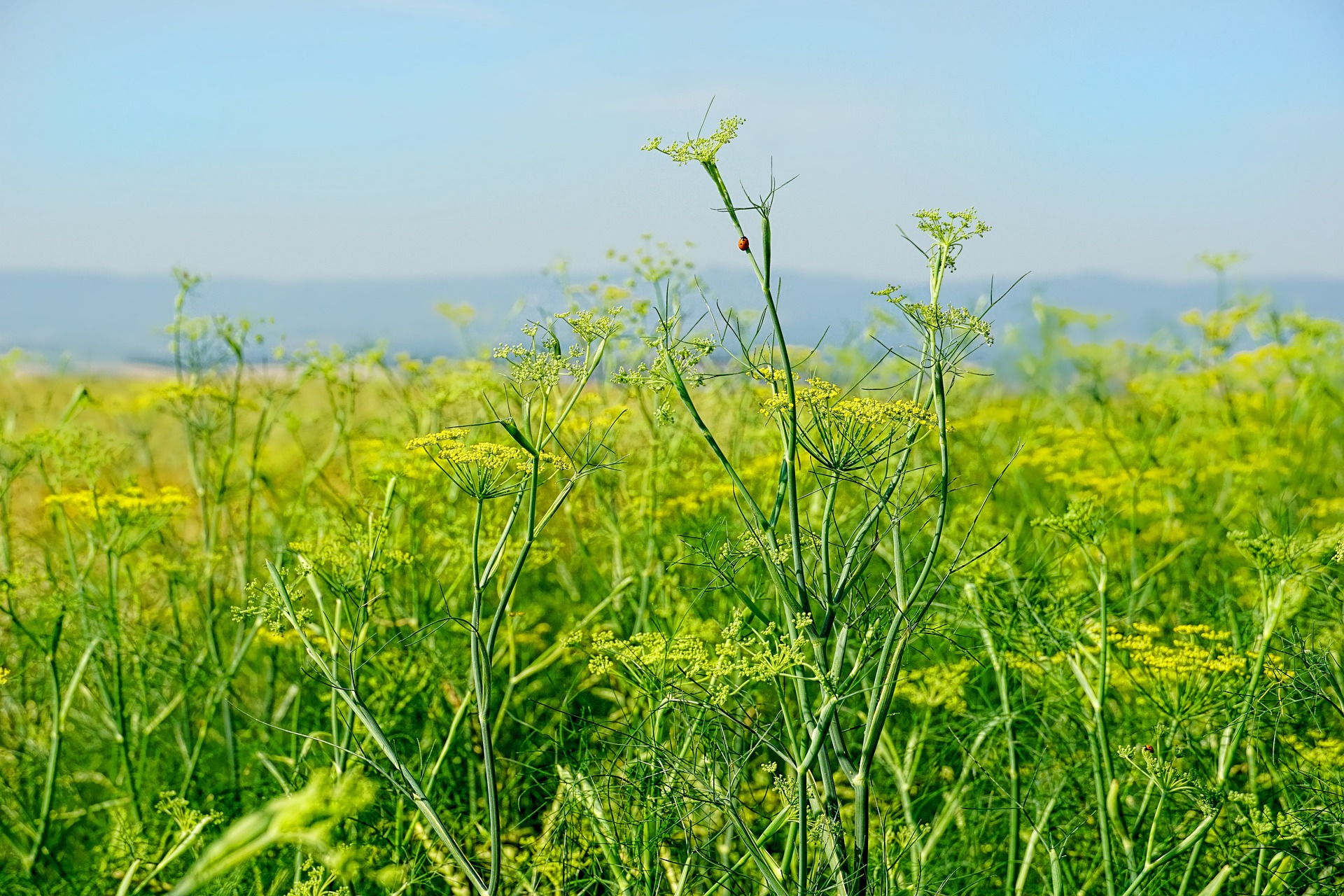
Fennel is a highly aromatic and flavorful herb from the same family as carrots, parsley, and dill. This Mediterranean herb has been used for centuries by cultures worldwide for medicinal and culinary purposes.
The most striking feature of fennel is its feathery fronds that add a pop of fresh green to any dish. But don’t let its delicate appearance fool you – fennel has a bold and distinctive flavor that can be described as sweet and slightly anise-like.
Fennel is incredibly versatile and can be used in a variety of dishes. Not to mention, it also has several health benefits, such as aiding digestion and reducing bloating.
Tips To Stop Invasive Herbs From Spreading
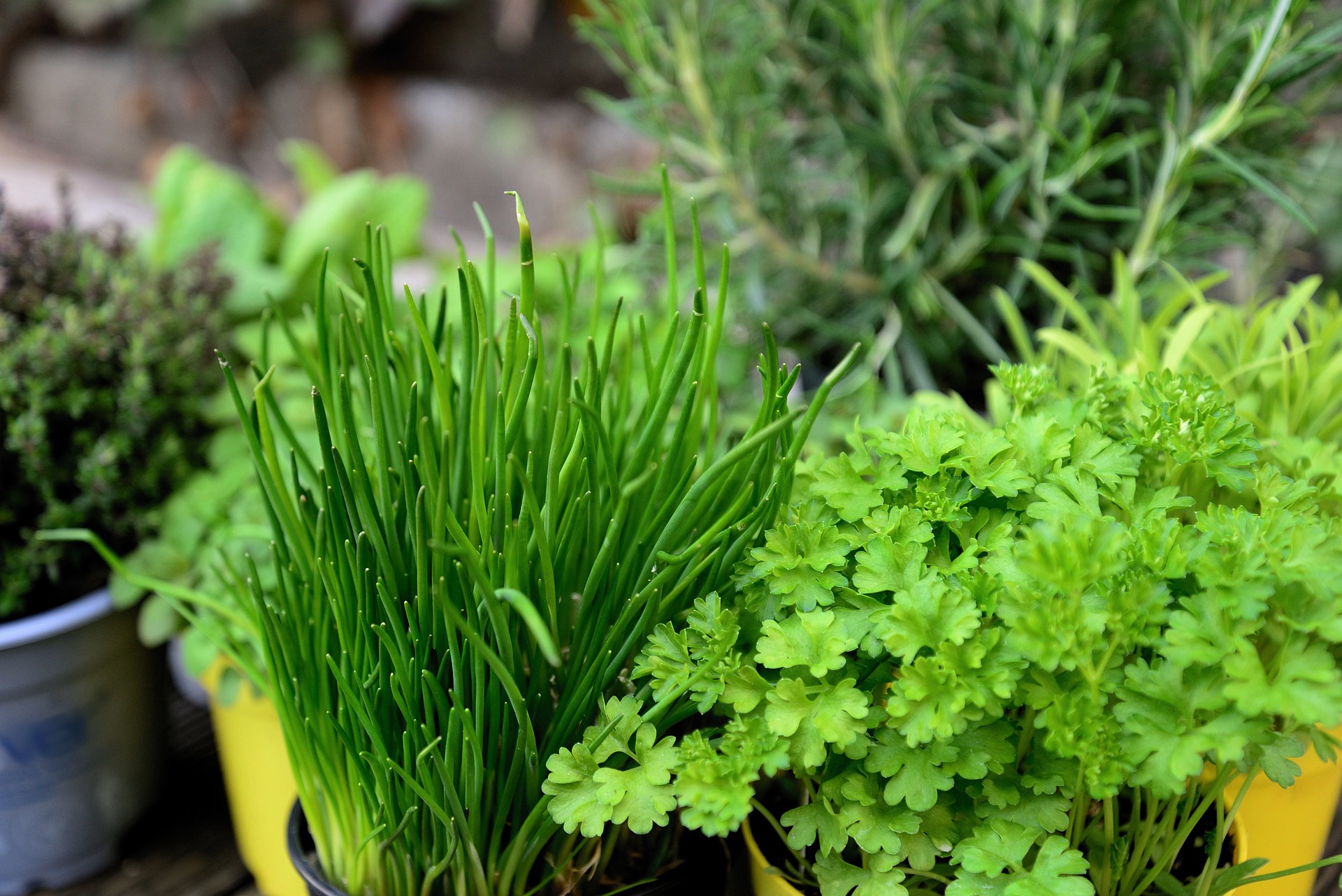
While it can be tempting to introduce these herbs into your garden, it’s important to remember that some of them can cause significant damage if left unchecked. Many invasive plants are difficult to control because they have few natural predators and spread quickly, outcompeting native species for space and resources. The best way to protect your garden from unwanted invasions is by preventing the introduction of invasive species in the first place.
Here are a few tips to help you do just that:
🪴 Plant Them in Pots
One of the best ways to stop invasive herbs from spreading is to plant them in pots or containers. By confining their roots to a specific space, you can keep them from taking over other areas of your garden. Plus, it’s a great way to control the amount of sunlight and water they receive.
Of course, not all herbs are invasive, so you’ll want to do your research before deciding which ones to plant in pots. But for those that are known to be invasive, such as mint or lemon balm, planting them in pots is a simple and effective solution. Plus, it gives you the freedom to move them around and experiment with different garden designs.
🪴 Smother Them
Smothering invasive herbs is a great way to stop them from spreading and taking over your precious space. All you need to do is cover the herbs with a thick layer of newspaper or cardboard and then put a layer of mulch on top. This will deprive the herbs of sunlight and air, effectively suffocating them.
Now, I know what you’re thinking. “But won’t this kill my good plants too?” Fear not, my friend. You can cut small holes in the newspaper or cardboard to allow your good plants to still get the nutrients they need while keeping those invasives in check.
🪴 Edge Them Out
This involves creating a physical barrier between the invasive herbs and the rest of your garden using edging materials like bricks, rocks or even plastic barriers. By doing this, you effectively cut off the invasive herbs from their source of nutrients and sunlight, making it difficult for them to spread.
Another way to edge out invasive herbs is by regularly trimming them down to the ground. This may not completely eliminate them, but it can definitely slow down their growth and spread. You can also manually pull the invasive herbs, removing the roots completely.
This method may require a bit more work, but it’s definitely worth it in the end. Just make sure you’re wearing gloves and taking the necessary precautions.
🪴 Deadhead Them
Deadheading simply means removing the flowers of the invasive herbs, preventing them from producing seeds. This will stop them from spreading and taking over your garden. It’s quite easy to do, too. Just wait until the flowers have wilted and turned brown, then snip them off with a pair of garden shears.
You might also want to cut back any foliage that has gone yellow or brown, as that can also contain seeds. This will help stop the spread of invasive herbs and keep your garden neat and tidy.
🪴 Practice Responsible Gardening
Start by learning about the herbs native to your area, and choose those for your garden. Native plants are often well-adapted to your local environment and can thrive with minimal care. Plus, they can provide food and shelter for local wildlife. When planting, make sure to give each plant enough space to grow and avoid overcrowding. This will help prevent invasive herbs from taking over and spreading quickly.
Another helpful tip is to stay on top of the weeding. Pull out any invasive herbs that may be popping up before they can spread their seeds. You can even add a layer of mulch to your garden beds to help suppress any weeds that try to grow. Finally, avoid composting invasive herbs. Instead, place them in a sealed plastic bag and dispose of them in the trash.
Frequently Asked Questions
Q: How do annual herbs and perennial herbs differ?
Annual herbs are the ones that complete their entire lifecycle in just one growing season. They grow, flower, produce seeds, and die off all in the same year. Think of your dill, coriander, and basil plants—you gotta plant them in early spring if you want a fresh crop. On the other hand, perennial herbs are the ones that stick around for multiple growing seasons. They’ll sprout up year after year, often dying back in the winter before coming back even stronger in the spring. Your thyme, sage, and rosemary plants are all good examples of perennials.
Q: Can partial shade help control the spread of invasive herbs?
Yes, absolutely! Planting herbs in partial shade or areas with less direct sunlight can help slow down the growth and spread of invasive species. This is because they won’t be getting as much sunlight and, therefore, won’t be able to grow as quickly or produce as many seeds. The same goes for mulching—it helps reduce the amount of sunlight and moisture available to invasive herbs, thus slowing down their growth.
Q: What herbaceous plants can I use to border an invasive herb bed?
Well, if you’re dealing with an invasive herb bed, you don’t want to add to the problem by using plants that will take over even more. Lucky for you, there are plenty of herbaceous plants that will make a great border without becoming a nuisance. For starters, you might want to consider using perennial herbs like lavender, chives, or thyme. These plants will add some colorful foliage and fragrance to your garden while also keeping your invasive herbs in check. Other options could include ornamental grasses, such as maiden grass or fountain grass, or even low-growing flowers like sedum or creeping phlox. The key is to choose plants that won’t take over and cause even more trouble.
Q: Does growing herbs indoors help stop the spread of invasive species?
Yes! Growing herbs indoors can be a great way to prevent invasive species from taking over your garden. Since the plants won’t be outside and exposed to weather conditions, they won’t have a chance to spread their seeds. Plus, you can control the surroundings more easily in a pot or planter than in an outdoor garden bed, where weeds could easily take over. It’s still important to watch out for any invasive herbs that might be in the soil mix, but overall growing indoors can help reduce the spread of these species.
Q: Why is it important to dispose of invasive herbs properly?
It’s incredibly important to properly dispose of any invasive herbs that you might find in your garden. If not taken care of, the seeds from these plants can spread quickly and overtake other areas. This means that even if you remove the original plant, there will still be a chance for new ones to sprout up. The best way to prevent this is by sealing the herbs in a plastic bag and then throwing them away in the trash. This will help keep any seeds from escaping into the environment and causing more problems down the line.
Final Words
So, after our thorough exploration of different herbs, it’s clear that some of them can be quite invasive. Mint, for example, maybe a delicious addition to your tea, but it can quickly take over your garden if you’re not careful. Likewise, lemon balm, while a pleasant and calming herb, can spread easily and become a real nuisance if left unchecked.
But don’t let this deter you from incorporating herbs into your garden or home. With a little bit of planning and attention, many of these invasive herbs can be successfully grown and harvested without taking over. Consider using containers or planting in areas where you can easily control their growth. And always be mindful of the specific needs and habits of each herb you choose to grow. With some care and attention, your herb garden can thrive, and you can enjoy the benefits of fresh, flavorful herbs.

